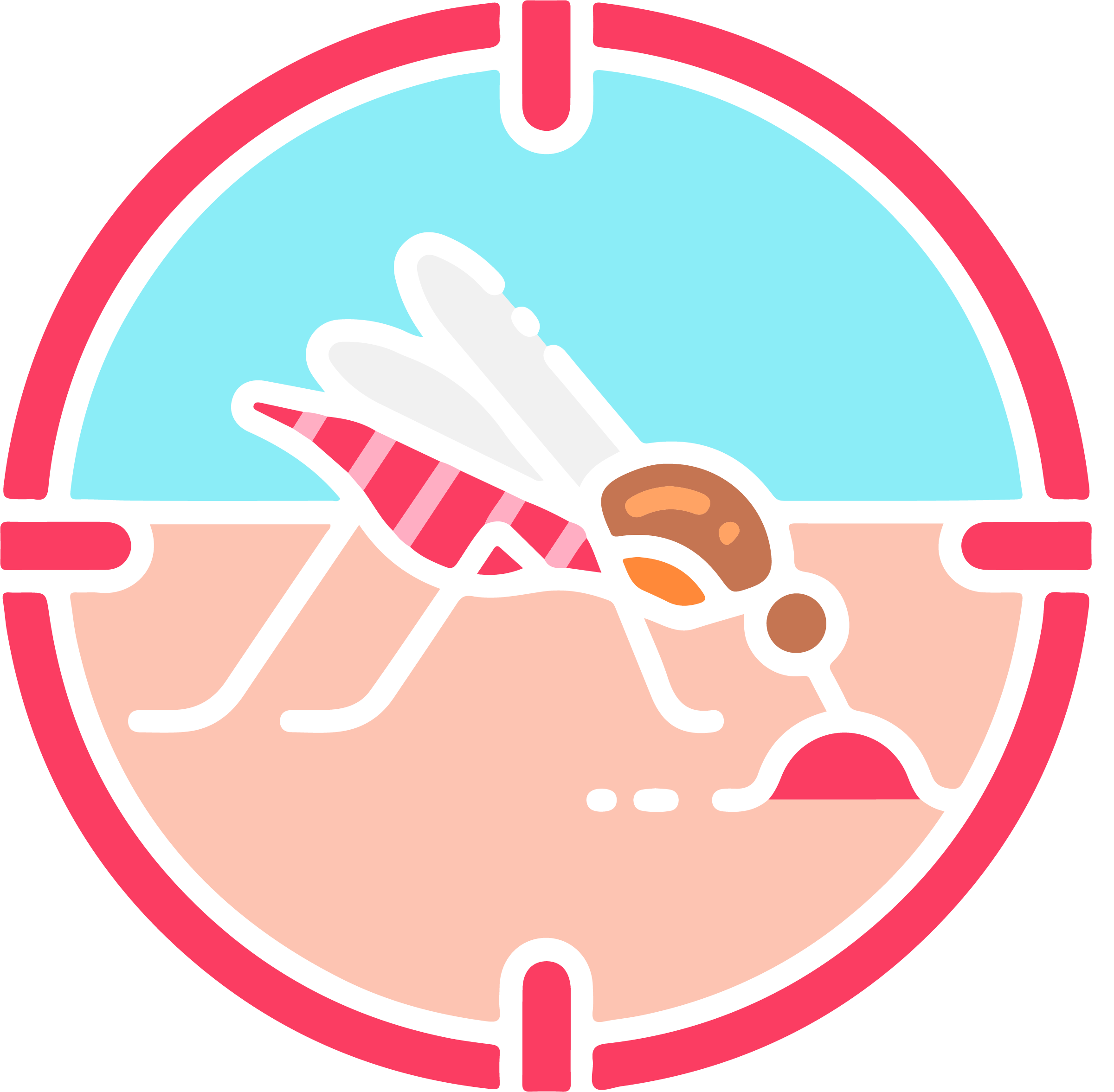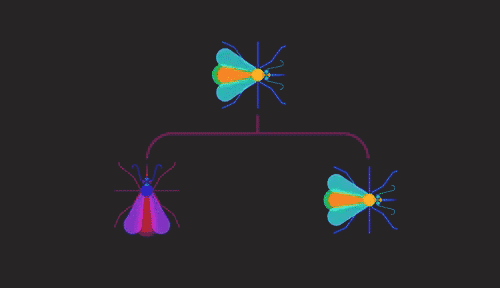
MALARIA
The Plasmodium Infection
Malaria, also called plasmodium infection, is caused by the Plasmodium parasite and is transmitted by female Anopheles mosquitoes which bite between dusk and dawn. People infected with malaria often experience fever, chills and flu-like illness at first. Left untreated, the disease can lead to severe complications and, in some cases, death. The World Health Organization (WHO) estimates that 438,000 people died because of malaria in 2015; the Institute of Health Metrics and Evaluation (IHME), Global Burden of Disease (GBD) puts this estimate at 620,000 in 2017.
Malaria cases.
The number of malaria cases globally fell from an estimated 262 million in 2000 (range: 205– 316 million), to 214 million in 2015 (range: 149–303 million), a decline of 18%. Most cases in 2015 are estimated to have occurred in the WHO African Region (88%), followed by the WHO South-East Asia Region (10%) and the WHO Eastern Mediterranean Region (2%).
Malaria deaths.
The number of malaria deaths globally fell from an estimated 839 000 in 2000 (range: 653 000–1.1 million), to 438 000 in 2015 (range: 236 000–635 000), a decline of 48%.
Most deaths in 2015 were in the WHO African Region (90%), followed by the WHO South-East Asia Region (7%) and the WHO Eastern Mediterranean Region (2%).
The malaria mortality rate, which takes into account population growth, is estimated to have decreased by 60% globally between 2000 and 2015.

